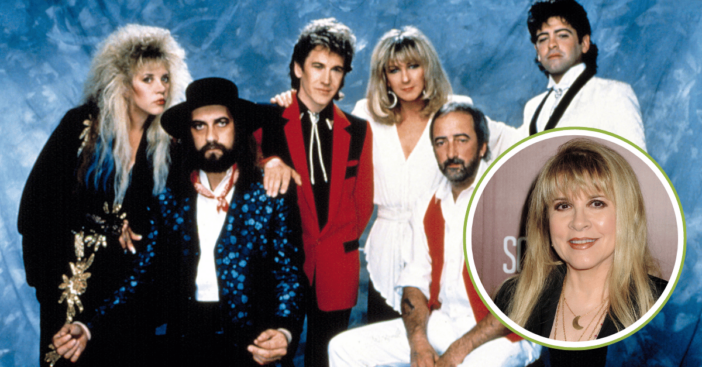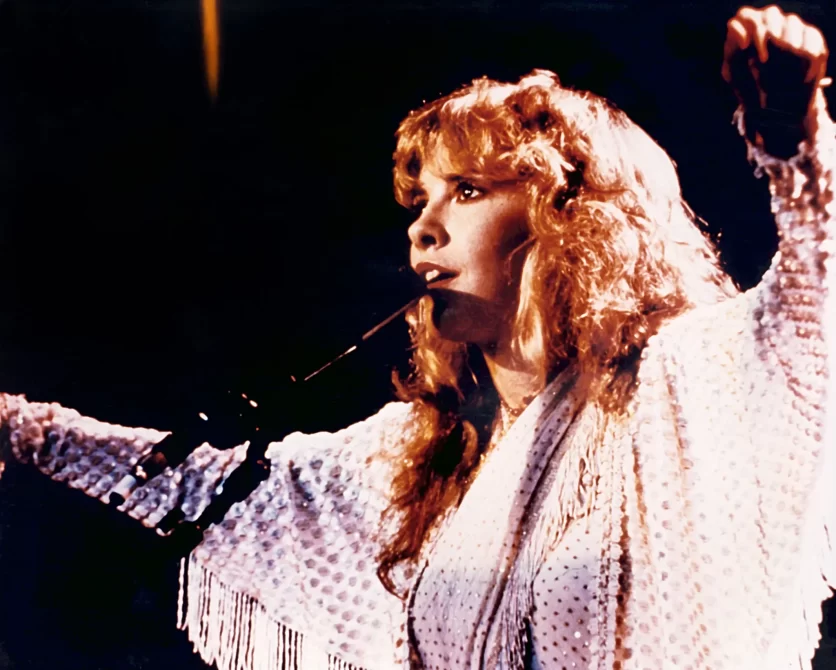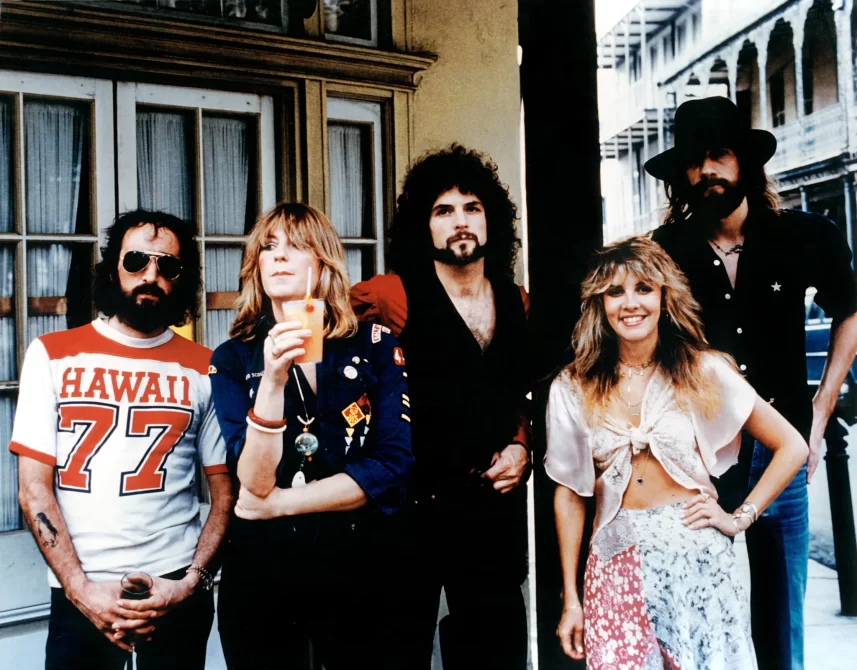
Stevie Nicks has always been known for her unique voice, flowing outfits, and stage presence. But behind her confident image, there were moments of discomfort. This happened even on the cover of a Fleetwood Mac. Mirage was Fleetwood Mac’s thirteenth studio album, but for Nicks, the album’s photoshoot was anything but enjoyable.
When Mirage was released on July 2, 1982, fans admired the dreamy album art. However, Nicks later admitted that she hated the experience of posing for the cover. In an interview, she explained that a physical reflex made it nearly impossible for her to tilt her head back, making the photo shoot difficult.
Stevie Nicks struggled with making the album cover for ‘Mirage’

Nicks had dealt with this issue since childhood, something her ballet teacher first noticed. “I could not put my head back—we came to the conclusion that I must have been put to death in a previous life, like Marie Antoinette,” she joked. Even simple activities like washing her hair at a salon were uncomfortable.
This made the Mirage album cover a nightmare for her. The photographer instructed her to throw her head back, but it was unnatural for her. “I hated posing for that more than life,” she admitted. The issue continued when she filmed the video for “If Anyone Falls”, where a backup singer had to step in for certain shots. Nicks called her “my stunt neck.”

‘Mirage’ was a commercial success
Nicks’ frustration wasn’t just about the pose: it was also about creative control. By this time, Nicks had already succeeded as a solo artist. Her 1981 debut album, Bella Donna, was a huge success, reaching number one on the Billboard 200 chart. However, she returned to Fleetwood Mac, where she had less control over creative decisions, something that had always been a challenge for her.

Before Mirage, Fleetwood Mac had taken a break after their 1979 album, Tusk. It was during that time, Nicks, Lindsey Buckingham, and Mick Fleetwood all worked on solo projects. Thankfully, despite these struggles, the album was a commercial success. It hit No. 1 on the Billboard charts and stayed there for five weeks.
